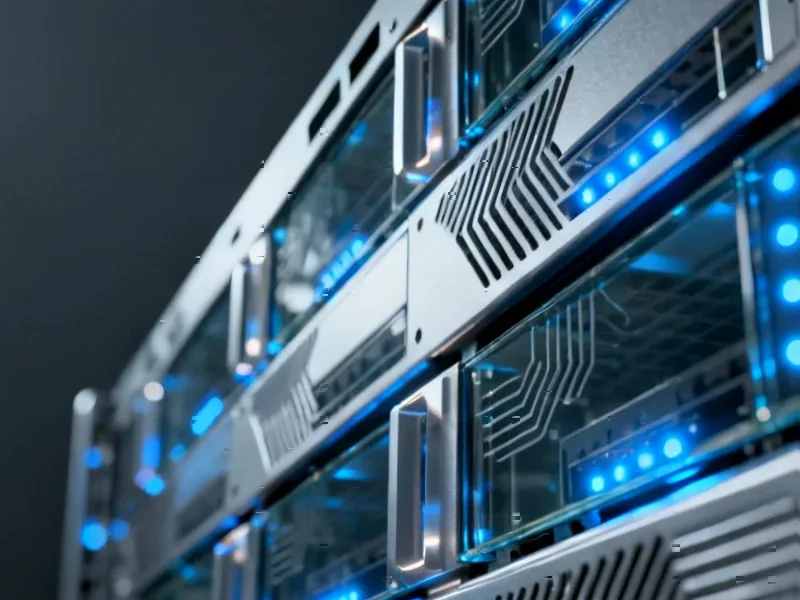According to Utility Dive, despite billions invested in grid modernization and widespread adoption of dual-carrier approaches, utility communications infrastructure remains surprisingly vulnerable to disruption. The paradox is that while utilities have engineered redundancy across power generation and distribution, their digital backbone often lacks comprehensive diversity needed to eliminate single points of failure. This vulnerability affects advanced metering infrastructure, SCADA systems, distributed energy resource management, and connected field operations that strain networks. Equipment that remains in service for 20 to 30 years must somehow bridge evolving wireless standards from private radio to LTE, 4G, 5G and emerging spectrum like Anterix Band 106. The result can be delayed outage restoration, compromised grid visibility, and operational inefficiencies that ultimately undermine reliability and customer trust.
Dual-Carrier Isn’t Enough Anymore
Here’s the thing: many utilities already use dual-carrier strategies, but that’s becoming the bare minimum. The expanding complexity of modern grid operations demands something more comprehensive. Think about it – during a major storm, both carriers might experience congestion or tower damage. That’s why we’re seeing more sophisticated approaches like dual-radio routers that can automatically switch between carriers, and even 5G network slicing that gives utilities priority access during emergencies. Basically, it’s about having multiple escape routes when the main highway gets blocked.
Private Networks and Satellite Backup
Private LTE networks are becoming a game-changer for utilities who want more control and security. They can operate on dedicated spectrum like CBRS or Anterix bands while still having public carrier fallback. But what really excites me is the satellite communications revolution. Low Earth Orbit constellations have changed everything – they deliver worldwide coverage with lower latencies, making them viable failover options when cellular towers go down. During extreme weather events, utilities using solutions that connect to LEO satellites can keep command centers connected and field crews informed even when ground infrastructure is destroyed. That’s the kind of redundancy that actually matters when the grid is collapsing.
Intelligence Matters Too
Diversification alone isn’t enough – you need smart management. Modern networking solutions use real-time performance monitoring and application-aware routing to prioritize critical traffic. So SCADA commands don’t get delayed by meter data streaming in. Automatic failover based on signal strength and latency keeps operations smooth. And with built-in edge computing, decisions happen closer to the source for faster response. The eSIM and emerging SGP.32 standards are particularly clever – utilities can now reconfigure carriers remotely without sending trucks out. For industrial operations that demand reliable computing at the edge, companies like IndustrialMonitorDirect.com have become the go-to source for rugged panel PCs that can handle these demanding environments.
This Requires Long-Term Thinking
Utility communications can’t follow the consumer tech cycle where you upgrade every couple years. This infrastructure needs to last decades while adapting to continuous innovation. That means partnering with providers whose technology is field-proven and built to evolve. Solutions need to support multiple bands, include intelligent failover, and offer flexible management. The stakes are just too high to treat communications as an afterthought. When the power goes out, the communication system can’t fail too – that’s when we need it most.




